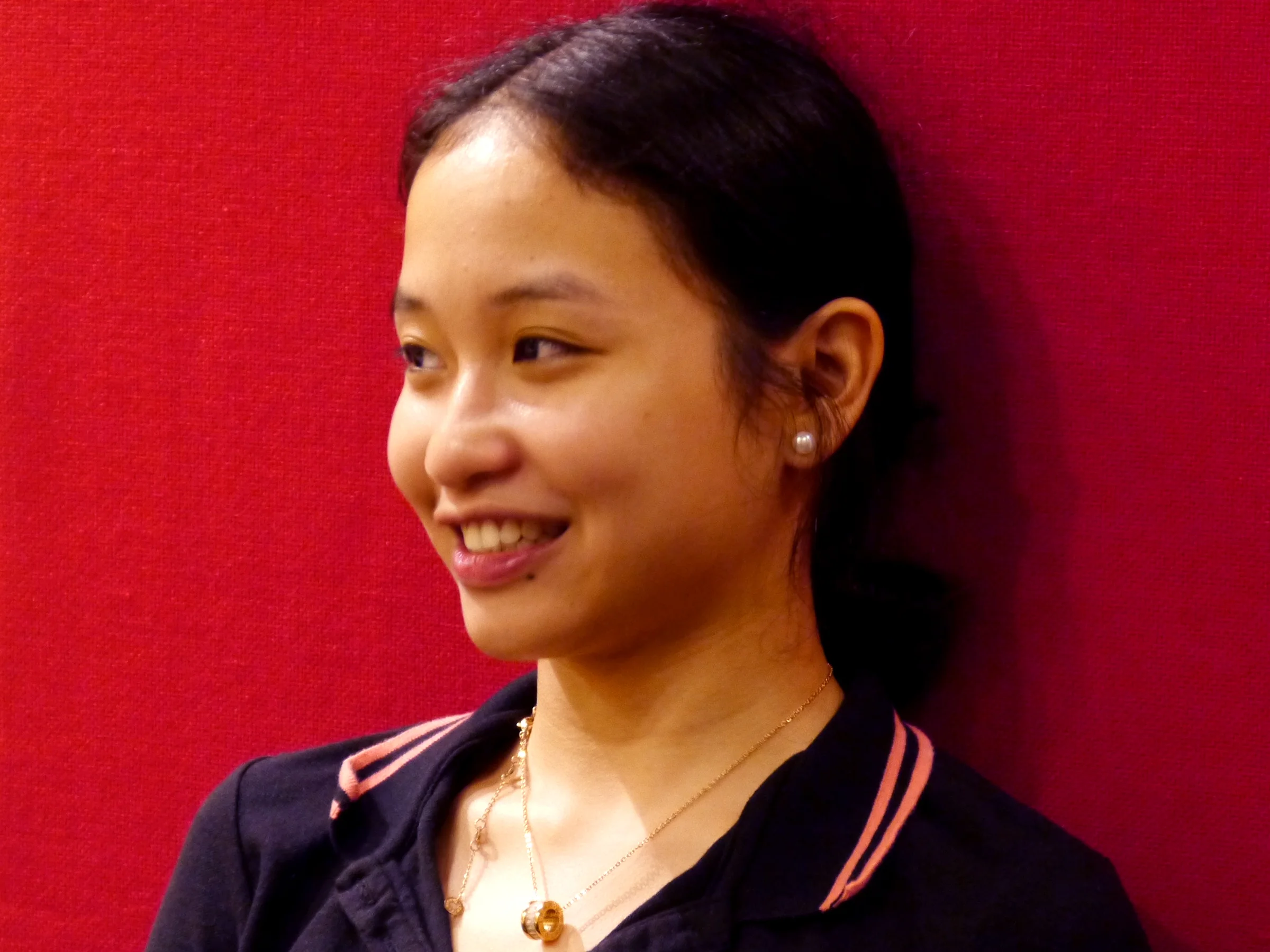The characters of ‘Le Corsaire’: The faithful Ali
Principal dancer Elpidio Magat Jr. performed Ali in the 2010 restaging of Le Corsaire. For the 2018 restaging, he will be performing Lankadem instead. Photo by Ocs Alvarez
The pirate adventure, Le Corsaire, is as much about friendship as it is about rescuing damsels in distress. If the female lead Medora has Gulnara by her side, the beloved pirate Conrad has his faithful servant Ali when embarking on their various escapades.
While it seems almost impossible to imagine Conrad without Ali, the original Le Corsaire choreographed by Joseph Mazillier does not include the loyal sidekick. It would take about five decades from the original choreography’s premiere before even a whiff of Ali would appear in the ballet.
The infamous Le Corsaire pas de deux that Ali is most associated with was the creation of Samuil Andrianov in 1915. He created a pas d’action and it was in this staging when the idea of Ali was born. Andrianov was Conrad while the great Tamara Karsavina was Medora. This pas included Anatoli Obukhov who was identified simply as an additional cavalier.
Eduardo Espejo essayed the role of Ali in Ballet Manila’s staging of Le Corsaire in 2000. In this scene, he is seen lifting Medora up high. Photo by Ocs Alvarez
The legendary Agrippina Vaganova took this pas d’action and turned it into a classical pas de deux. Conrad was removed and the result was a piece featuring Medora and the character identified as an additional cavalier. This restaging in 1931 was the graduation recital of Vaganova’s star pupil, Natalia Dudinskaya, with Konstantin Sergeyev as the additional cavalier.
When Pyotr Gusev restaged Le Corsaire in 1955, the “additional cavalier” was finally given a name: Ali. That pas de deux choreography, which is the basis for many of the current restaging of that passage, was the work of Vakhtang Chabukiani.
Now referred to as the Le Corsaire pas de deux, it was restaged in 1962 with Rudolf Nureyev as Ali and British prima ballerina assoluta and Dame Margot Fonteyn as Medora. Nureyev’s performance became the gold standard by which every other succeeding Ali was measured against.
Critic Alistair McCaulay described it as follows:
“Dancing the role of Ali, the slave, in the pas de deux with Margot Fonteyn as Medora, Nureyev, bare-chested, in harem pants, seemed to hover – to sit and hover, with feet tucked under him, as if perched on a stool – in the air… though the whole Corsaire pas de deux is routinely credited to Petipa, its male role must have been extensively revised in Soviet Russia; and when Nureyev danced it, I used to say that the Corsaire pas de deux had been choreographed on him by God. He became its sole author and first cause.”
Restaging the full-length Le Corsaire seven times in tis 23-year history, Ballet Manila’s own roster of Alis include Eduardo Espejo, Andrei Asinyarov, Jerome Espejo, Gerardo Francisco, Alvin Santos, Francis Cascaño, Roduardo Ma, Elpidio Magat Jr., and Arnulfo Andrade.
Le Corsaire once again returns to the stage on October 20 at 6 p.m. and October 21 at 3 p.m. with principal dancer Gerardo Francisco, soloist Rudolph Capongcol and company artist John De Dios taking on the role of Ali. The show will be at the Aliw Theater and tickets are available through www.ticketworld.com.ph.
Principal dancer Gerardo Francisco Jr. has been performing Ali since 2004. The 2018 production will be the fifth time that he will be taking on this role. Photo by Jojo Mamangun






